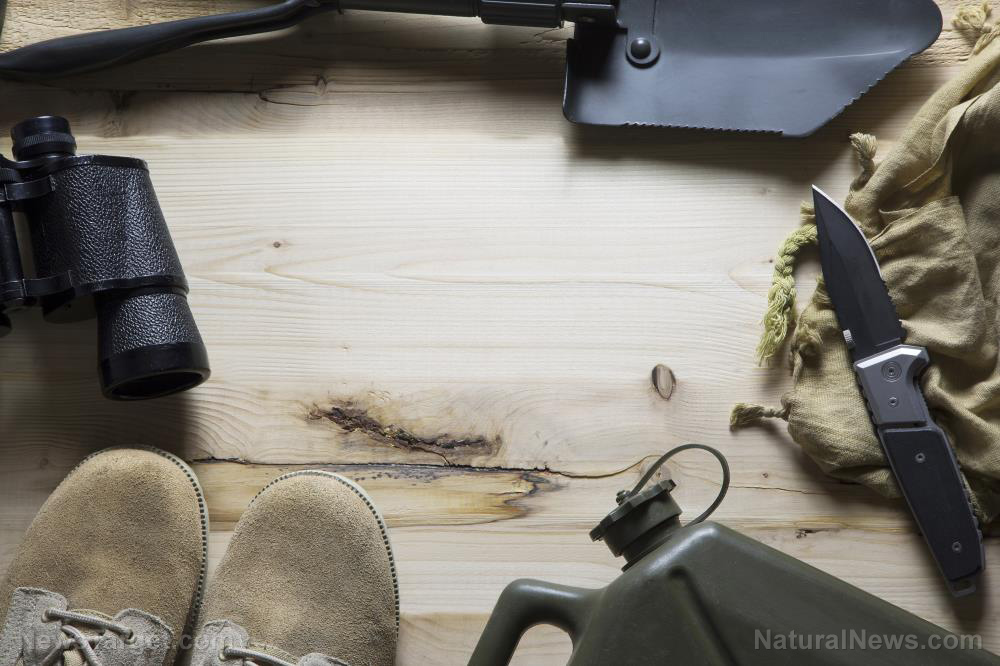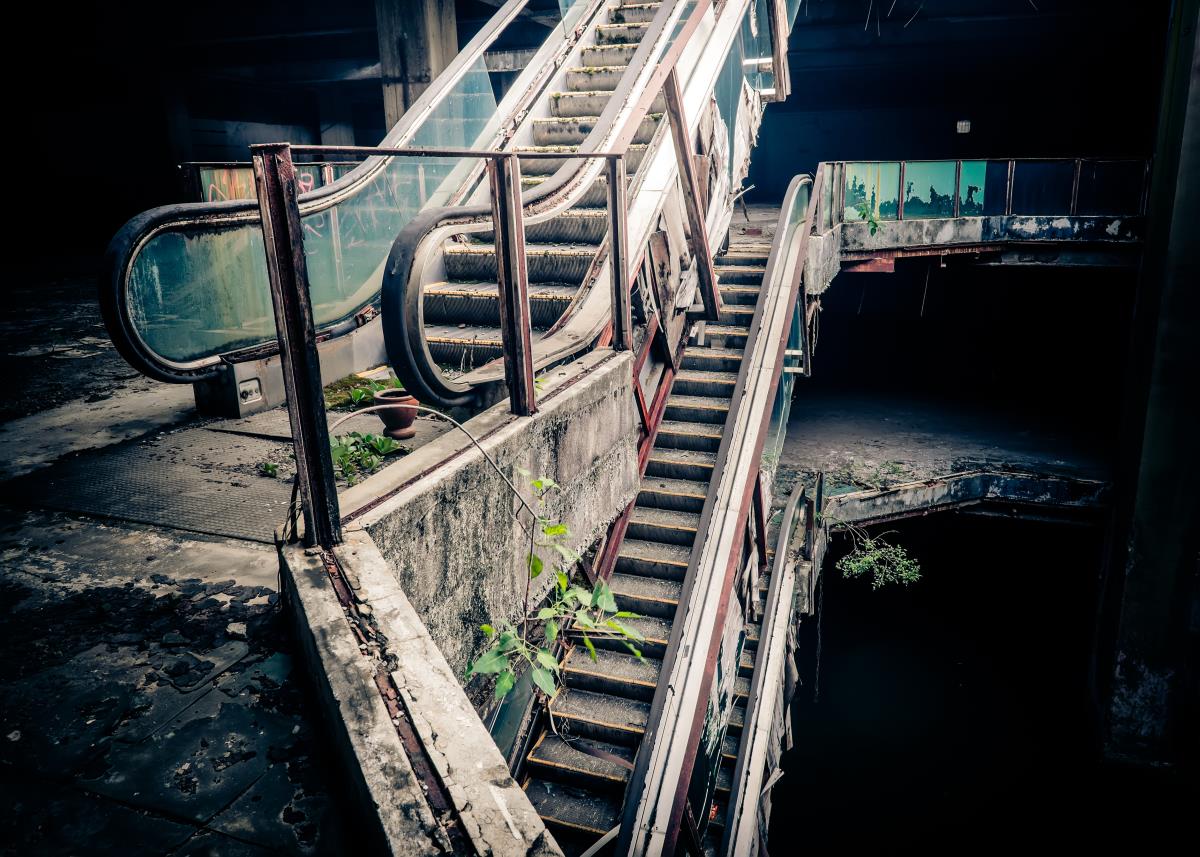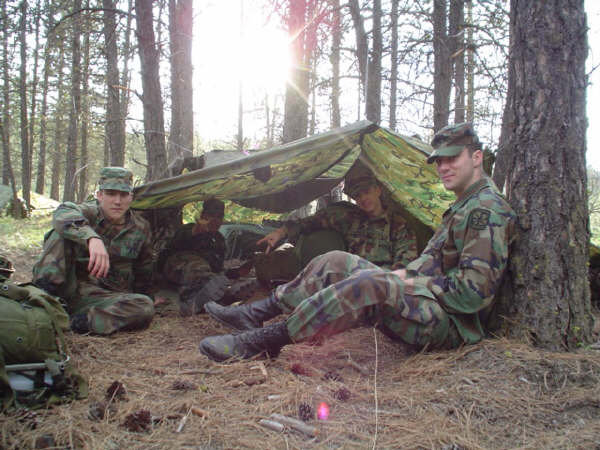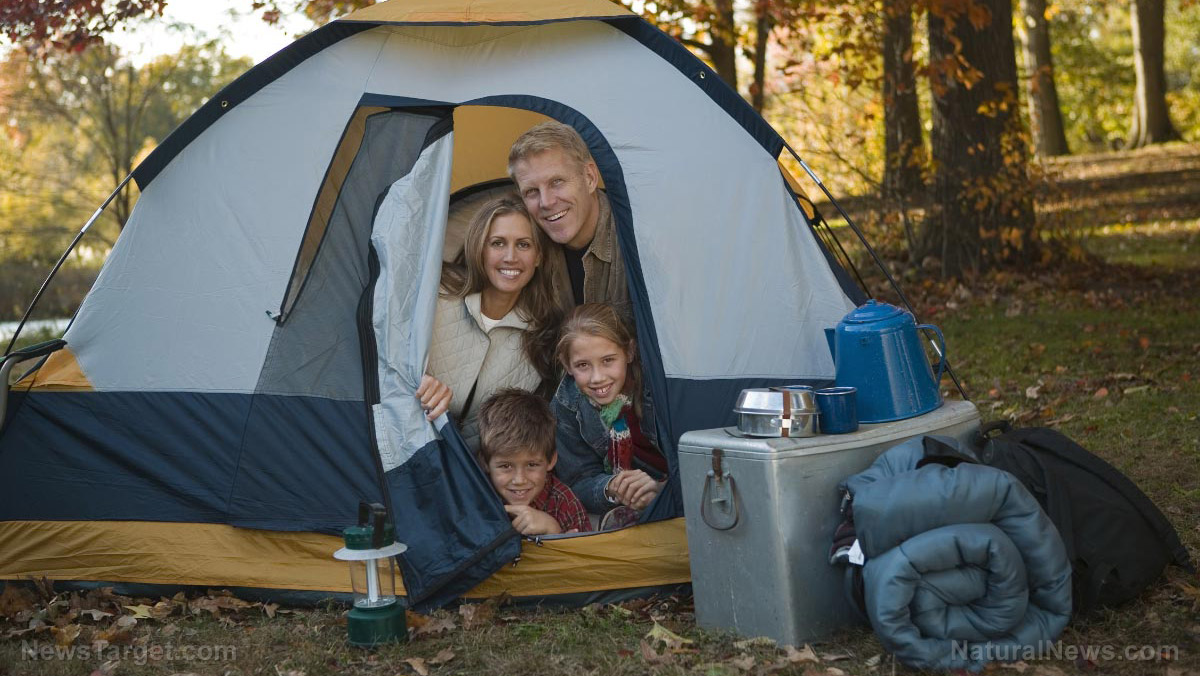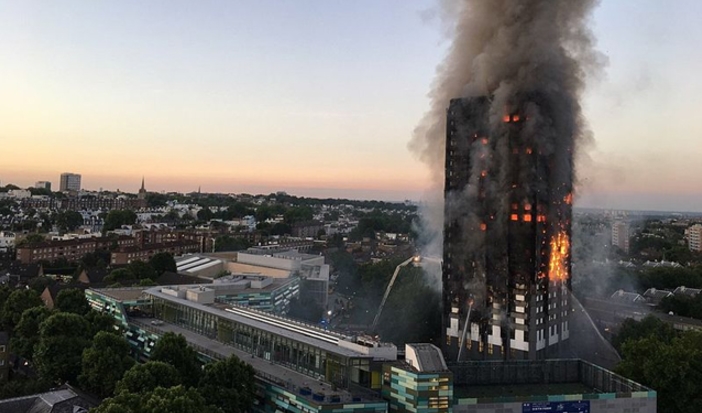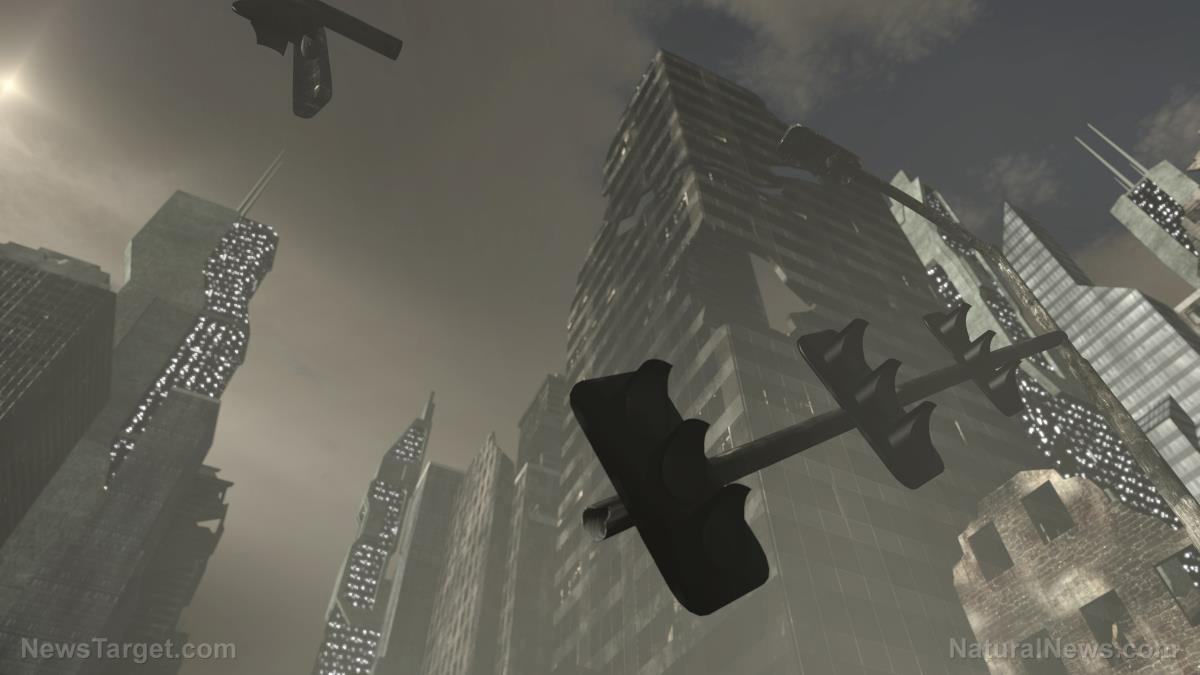10 Tips that help build situational awareness
02/20/2019 / By Mary Miller

Situational awareness is an essential survival skill that all preppers should learn to practice. It involves conditioning yourself to achieve a state of mind relative to being alert of one’s surroundings and situations. This sense of heightened awareness allows you to assess potential risks and see trouble coming from far away. That way, you can safely leave the area before the trouble even begins. By practicing situational awareness in your everyday life, you will be able to avoid conflict. Stay prepared for every situation by following these useful tips to help you build situational awareness. (h/t to ModernSurvivalBlog.com)
Observe your environment
Whether you are in a crowded city or a sparsely populated rural area, you should always be on the lookout for any signs of trouble. A city environment is often bound to have far more potential threats than a rural one. If you are in a crowded area, observe what other people are wearing and doing. Pay close attention to anyone who is wearing clothes outside of the norm or is not suitable for that environment. You should also watch for other people who are equally observant and looking at their surroundings. They might know something that you don’t. (Related: Critical survival skill: Teach yourself and your kids situational awareness.)
Keep your mental focus outward, not inward
This is especially important when you are in a public area. If you are unfocused, distracted, or too wrapped up in whatever you are currently doing, you will only make yourself an easy target for thieves and criminals. Keep your head up and look confident. This will help you keep your guard up. Avoid daydreaming in public.
Mind your own body language
Facial expressions and non-verbal language can also reveal a lot about a person’s intentions. Always walk with purpose. This may be difficult to do at first, but with enough time and practice, it will become part of your natural body language.
Avoid placing yourself in a vulnerable situation
If you are in a public area, try to sit at a corner with your back against the wall. This will give you full view of any suspicious activity happening around you.
Pay attention to your gut feeling
Pay attention to a general sense of unease in the air. If you have a bad feeling about something, try to find out why.
Blend in with the crowd
Assess the baseline of the environment you’re in, and wear neutral clothes to avoid sticking out.
Avoid complacency
When everything is going according to plan, it can be easy to become complacent. Prevent complacency by doing a mental check every now and then.
Continually assess the situation
Just because you made a quick scan of your surroundings and deemed it safe, doesn’t mean it will stay safe. Utilize your peripheral vision to remain alert for anything out of the ordinary.
Know your escape routes
Wherever you are, always identify all the possible exits and escape routes. Since most people tend to flock to the same exit where they first came in, this often creates a bottleneck at that main exit. You should find an alternate route just in case. If ever SHTF, knowing where the emergency exits are can mean the difference between life and death.
Have a plan of action
In case you ever find yourself in a dangerous situation, you should plan your exit strategy in advance. If you are at a restaurant, there will likely be an employee exit in the kitchen. If you are parking your car, back it in for a quicker exit. Your goal should be conflict avoidance, so make sure you know when it is best to just leave immediately or when you have to defend yourself.
Sources include:
Tagged Under: bug out, Collapse, emergency, off grid, outdoors, preparedness, prepper, prepping, self-reliance, SHTF, situational awareness, survival, survival skills, Survival Tips, survivalist

